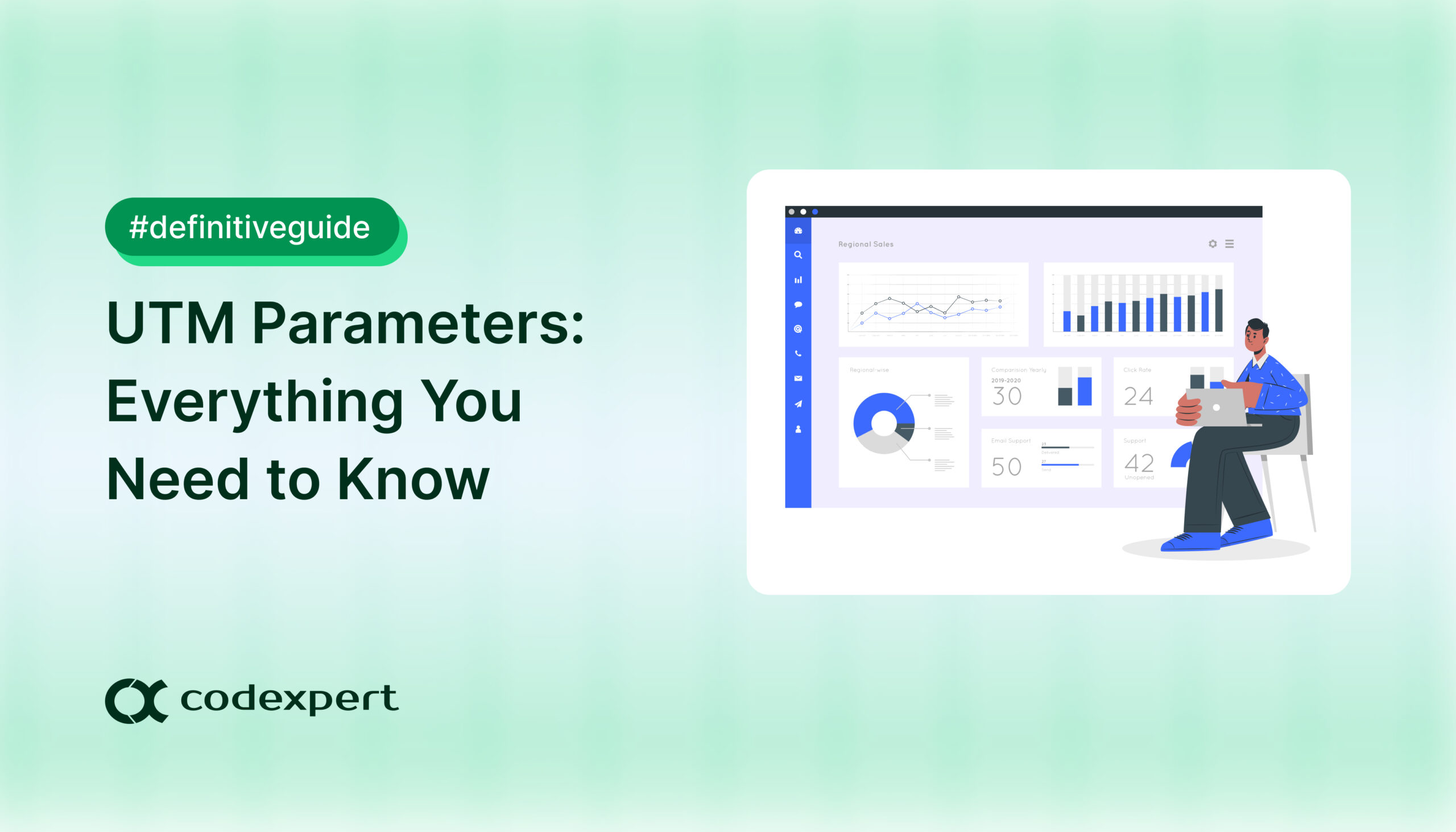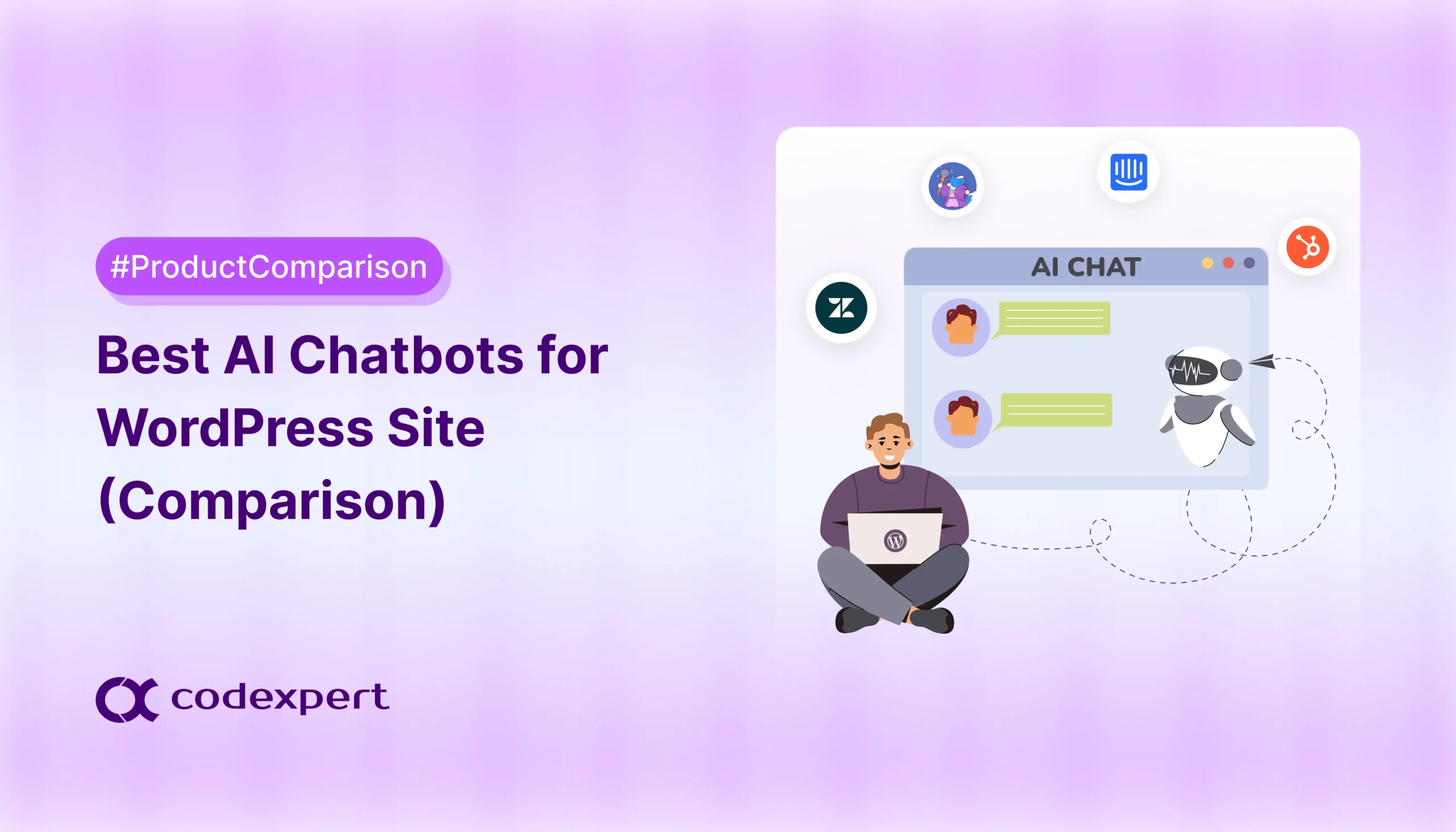Ecommerce Market Research: A Complete Guide

Ever wonder how to conduct proper market research for an ecommerce product?
This research is important because many businesses start their e-commerce journey but don’t sustain it for very long. In fact, Startup Genome reports that up to 90% of e-commerce startups fail.
If you are starting your first e-commerce business, this data can discourage you. But fear not. We can learn a lot from successful businesses.
In this guide, we will explore why market research is the most important for success, explore different types, and walk you through market research for your ecommerce. Let’s start in deep!
Why Do Ecommerce Market Research?
Starting an e-commerce business is like moving to a new city—you don’t know much about it at first. Without understanding your surroundings, you’re likely to face challenges and lose your way. The same goes for e-commerce. Without proper research, it’s hard to survive, let alone succeed. Here’s why research is essential for your success:
1. Get a Deeper Understanding of Your Target Audience
Just as you would want to know your neighbors in a new city, understanding your target audience is fundamental. This knowledge helps you create products that truly resonate with your customers’ needs and desires.
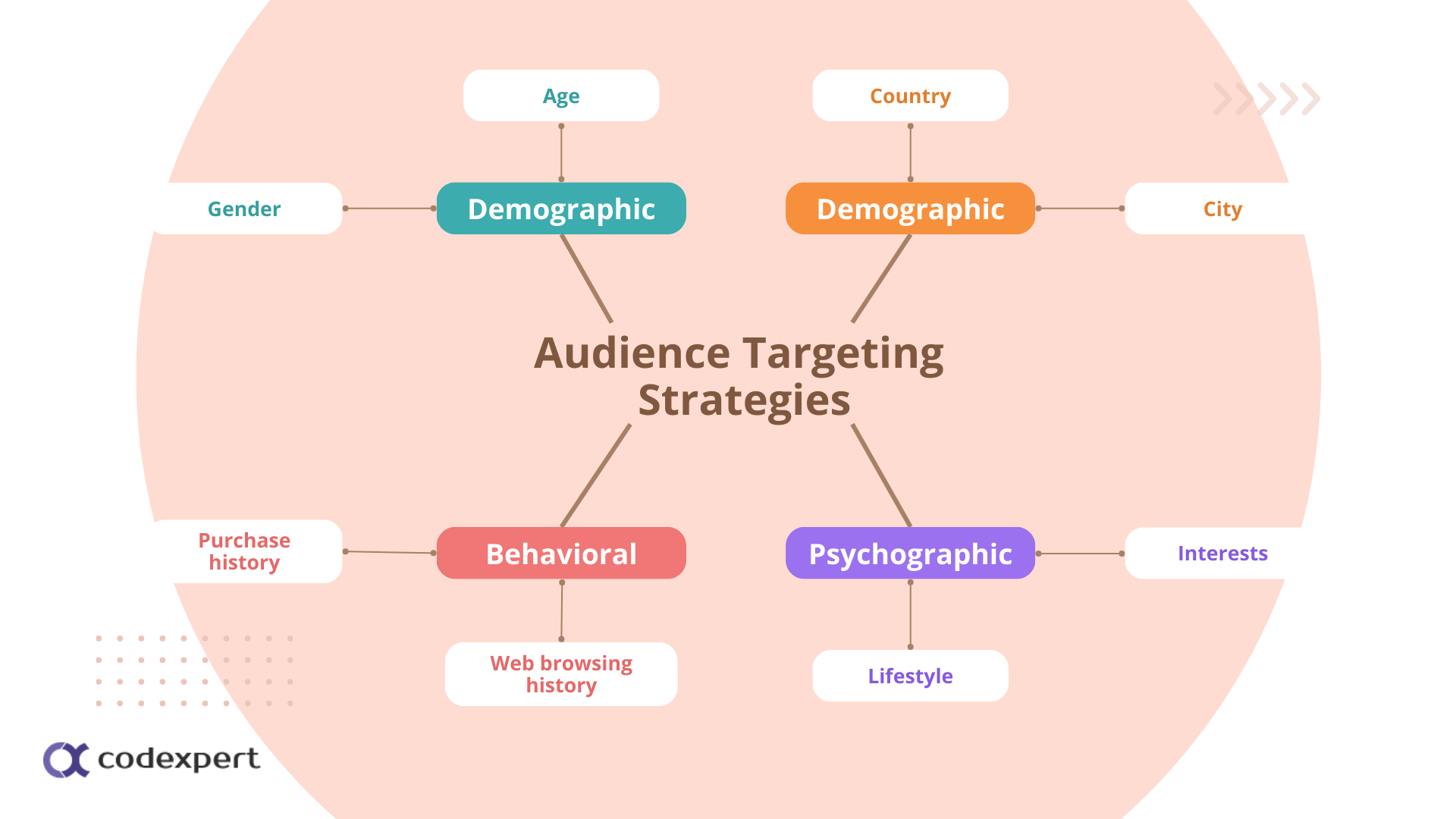
By identifying your target audience early, you can tailor everything from your product features to your marketing message to appeal specifically to them.
2. Learn Customer Behaviors
Understanding how your potential customers think, shop, and make decisions is key to building an e-commerce success story.
- When they are most likely to shop
- What influences their purchasing decisions
- Which features they value most in products similar to yours
- How they prefer to interact with online stores
3. Keep Up-to-date with the Latest Trends
Digital marketplace never stands still. Every morning seems to bring a new shopping trend, consumer behavior, or technological breakthrough that reshapes how people buy and sell online. Think of ecommerce trends as powerful currents that guide consumer behavior.

This scenario shifts every day. By keeping your finger on the pulse of your market through careful research you can spot differences in consumer behavior. These insights will help you make strategic adaptations to keep your business relevant and responsive to your customers’ needs and expectations.
4. Find New Business Opportunities
Market research often reveals unexpected opportunities, much like discovering hidden gems in a cave. By thoroughly understanding your ecommerce market, you can easily:
- Identify underserved niches
- Spot gaps in competitors’ offerings
- Discover emerging trends before they become mainstream
- Find innovative ways to differentiate your business
2 Types of Market Research for Ecommerce
When it comes to the execution of Ecommerce market research, it’s important to understand the two main types of ecommerce market research methods-
1. Primary Research
This research involves gathering data directly from the source. This means you gather first-hand information by interacting with potential customers or analyzing their behavior. It’s a hands-on approach that gives you valuable, up-to-date insights. You can follow a different approach. Here are some common ways to conduct primary research:
- In-person interviews
- Online surveys
- Online groups
In-person Interviews
If you talk directly to your target audience one-on-one interviews can give you deep insights into their needs, preferences, and pain points. This method is great for gathering qualitative data and building personal connections with customers.
You can ask open-ended questions to gather detailed responses and observe non-verbal cues that may reveal even more.
Example: You can create a UX interview session for your ecommerce website or your products.
Online Surveys
We all are familiar with online surveys. Usually, we give our opinion when attending any survey. You can arrange an online survey for your ecommerce store. You can design simple questionnaires and distribute them through email, social media, or your ecommerce website.
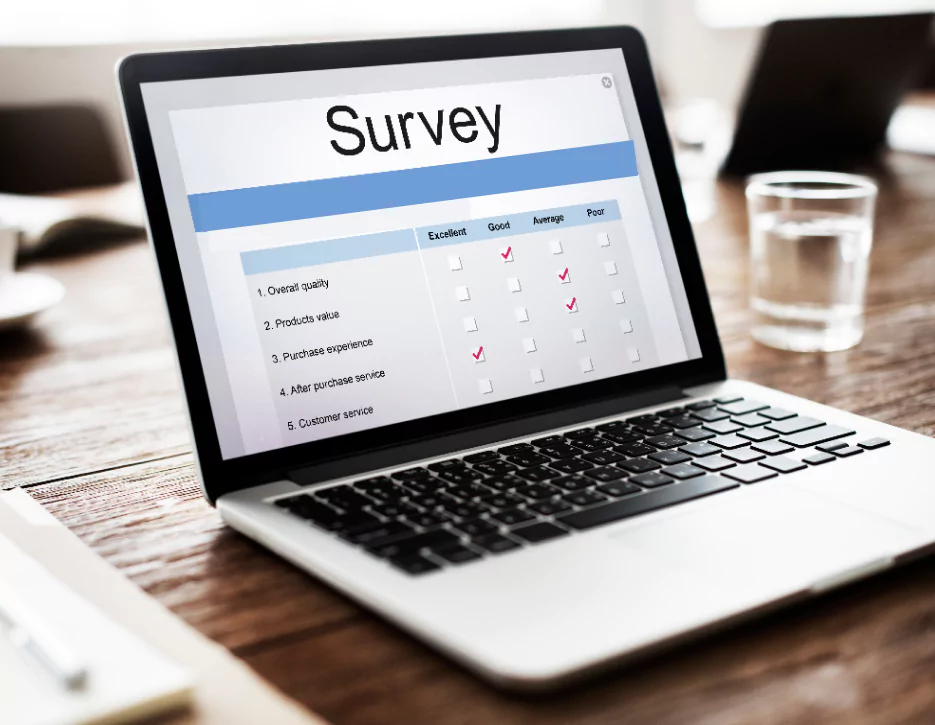
You may ask when is the best time to send the survey.
Some businesses send the survey immediately. If you are starting your business then it is the right strategy. It mostly depends on the objective they set for their survey. Some collect their buying experience, and some collect support experience, some about their product or services.
Surveys that focus more on the experience with the product or services should be sent after the product is received.
Online Groups
Engaging with online groups, such as focus groups or communities on platforms like Facebook or Reddit, lets you observe and interact with your target audience in real-time. You can ask questions, monitor discussions, or even conduct live polls. This method offers a blend of qualitative and quantitative insights.
Primary research helps you stay connected to your customers, providing actionable insights that can directly inform your business strategies.
2. Secondary Research
This research can be a good option when you start doing market research to understand your industry. Online focus groups are a good place to gather a small group of people to discuss products, services, or ideas in a virtual setting. A moderator leads the discussion, asking participants for their thoughts and opinions.
This method helps you understand group dynamics and different viewpoints, allowing you to uncover trends and gather diverse insights. You can apply this method to the most useful sources like-
- Journals, specific to your industry
- Industry and trade groups
- Government reports
- Industry analysts
- Competitors websites analysis
How to Conduct Market Research for Your Ecommerce
Let me walk you through a comprehensive guide to the essential steps in ecommerce market research, starting with the crucial first phase of defining your objectives.
Step 1: Choose Your Focus
The journey starts with establishing clear research goals. Think of this as creating a roadmap for your research without a destination in mind. Your research objective should tie directly to specific business challenges or opportunities.
When defining your goals, consider what specific questions you need to answer. After setting your objectives, move into identifying your target audience.
The next phase involves competitive analysis. You have to create a detailed map of your market landscape. In this phase, you not only understand who your competitors are, but how they position themselves, what unique value they offer, and where gaps exist that you might fill.
Step 2: Select a Product
For product research, there are two approaches for you to try-
- If you have already a product,
- Looking for a new product.
When you already have a product that’s showing demand in the market, your research path becomes easier. In this scenario, you are not testing whether people need the product, you already know they do. Instead, your research centers on finding ways to differentiate your offering and optimize it.
For example, if you are selling wireless earbuds that already have proven demand, your research explores what specific features customers find lacking in existing options.
Perhaps your customers want longer battery life, or maybe they are seeking better water resistance for workouts. This information helps you add that unique touch that makes your product stand out in a crowded market.
However, the journey looks quite different when you are introducing a completely new product. This scenario requires more extensive research. You need to validate your concept before making significant investments.
In this case, Google Keyword Planner takes this step further by revealing specific search terms people use when looking for products like yours, along with search volumes.

For deeper insights, You can use popular tools like Ahrefs and Semrush to provide more advanced insights.

Certain ecommerce platforms, such as Amazon, offer statistical data on the popularity of specific products over a given period, including search volume and actual sales figures.
Step 3: Evaluate Product Market Suitability
Evaluating product market suitability can help whether the product addresses a genuine need or demand within the target market. This process starts by defining the target audience and understanding their pain points, preferences,s, and behaviors.
A key aspect is engaging directly with potential customers through surveys, interviews, and focus groups. With this, you can get valuable insights into market expectations. Testing the product through pilot programs or launching a Minimum Viable Product (MVP) helps gather feedback and refine the offering.
This evaluation will ensure you that the product aligns with customer needs, fits within the market landscape, and has a clear pathway to adoption growth.
Step 4: Determine an Ecommerce Platform
Now that you’ve conducted market research and confirmed the sustainability of your product, it’s time to select the right platform to host your online business. The right platform is essential for setting up a professional, reliable, and user-friendly store.
Start by selecting a popular hosting service that ensures speed, security, and scalability. Combine this with WordPress, a flexible and highly customizable website builder. To streamline the selling process, integrate an easy-to-use e-commerce platform like EasyCommerce. It will help you simplify your online journey with amazing eCommerce features like order and product management, personalized email automation, shipping, drag-and-drop builder, abandoned cart recovery, and more .
Once your platform is set up, you’ll have the foundation you need to create a seamless shopping experience for your customers and grow your business.
Step 5: Monitor Your Competitor
The next step is to keep an eye on your competitors. This helps you stay updated on what’s happening in the market and spot new opportunities or threats. By regularly checking what your competitors are doing like new products they are launching, how they are pricing things, and what customers are saying about them.
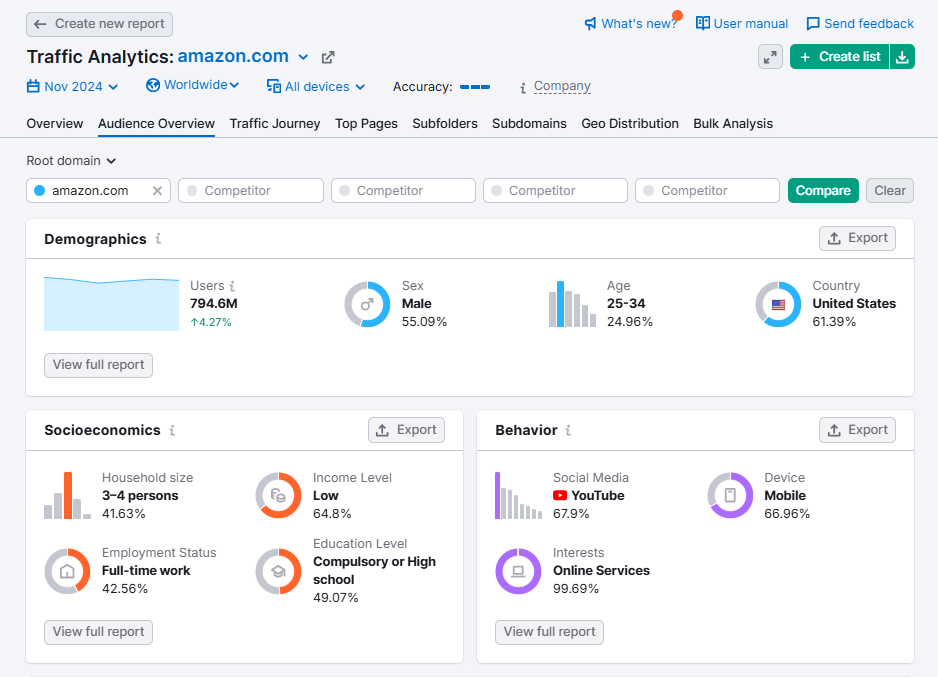
From here you can learn what works and what doesn’t, understanding their strengths and weaknesses. Ultimately this will let you find ways to make your product stand out.
Step 6: Analyze Data and Implement
Now it’s time to resource into insights. But you need to identify any patterns or trends that help you answer your objectives You can start by organizing the data collected from various sources, such as website analytics, customer surveys, and sales reports.
Next, identify patterns and trends that align with your research objectives. For example, analyze sales figures to determine peak purchasing times or evaluate website traffic to understand which page of your product attract the visitors most. You can use Heatmaps to simplify this process and make trends more apparent.
For a deeper understanding, apply advanced analytics techniques. Statistical analysis can help you uncover correlations, such as how promotional discounts impacts customer spending.
And finally, turn the insights you’ve gathered into a clear and practical plan. Use them to develop strategies that address trends, build on your strengths, and improve weak areas. The goal is to align your business with what the market and your customers want, helping your eCommerce store stay competitive and grow.
Mistakes to Avoid in Ecommerce Market Research
1. Over-Reliance on Quantitative Data: Many businesses focus solely on numbers and analytics while neglecting qualitative insights. For example, your website metrics might show a high bounce rate, but only customer feedback and interviews can reveal the actual reasons behind the visitor behavior.
Good research combines both data types to create a complete picture of your market.
2. Confirmation Bias in Research: Business owners often unconsciously seek data that validates their existing beliefs while eliminating contradictory information.
A common example is focusing only on positive customer reviews while ignoring negative feedback that could highlight crucial areas of improvement. This selective interpretation leads to missed opportunities and flawed decisions.
3. Vague Target Market Definition: One of the most fundamental mistakes is beginning research without clearly defining your target audience.
Instead of targeting “women who stop online,” successful businesses narrow their focus to specific segments like “professional women aged 28-40 in urban areas who prioritize sustainable fashion and have monthly shopping budget of $200-500.”
4. Outdated Research Dependence: The ecommerce landscape evolves rapidly, yet many businesses rely on outdated market research. Consumer preference, technology, and market conditions can change dramatically in months.
For example, businesses that based their strategies on pre-2020 consumer behavior data found their research suddenly irrelevant when shopping habits transformed during global events.
5. Poor Integration of Research: Even well-conducted research becomes worthless if the insights aren’t effectively translated into business decisions. Many companies collect valuable data but fails to implement the findings into their operations, marketing strategies, or product development process.
Final Words For Ecommerce Market Research
Ecommerce market research is not just a checkbox to tick, it’s the cornerstone of your business success. By understanding your target audience, staying updated on trends, and analyzing competitors, you can create a solid foundation for sustainable growth.
You have to remember, that great businesses are built on insights and adaptability. Avoid common pitfalls, like over-relying on quantitative data or ignoring market shifts, and always integrate research findings into actionable strategies. So, whether you’re introducing a new product or optimizing an existing one, thorough research guides your decisions and sets you apart in a competitive marketplace.
Your journey in ecommerce can be rewarding if you’re prepared to learn, adapt, and innovate. Start with research, stay curious, and let your insights lead the way to success!
Frequently Asked Questions (FAQs)
Q. What are the primary steps in ecommerce market research?
Here are the main steps for conducting ecommerce market research:
- Step 1: Define your goal, problem, or opportunity.
- Step 2: Develop your research plan.
- Step 3: Collect relevant information or data.
- Step 4: Analyze the data and record your insights.
- Step 5: Implement actions based on your market findings.
Q. How do I start an ecommerce business?
To start an ecommerce business:
- Step 1: Research and validate your business idea.
- Step 2: Talk to potential customers about their problems.
- Step 3: Identify opportunities through competitor research.
- Step 4: Start building your product.
- Step 5: Host your product when ready (personal website, online platforms, etc).
Q. Which ecommerce platform is best?
There are many popular platforms to start your e-commerce business. Some of the best include:
- EasyCommerce
- WooCommerce
- Shopify
- Wix
- BigCommerce
- Squarespace
Subscribe to Our Newsletter
Get the latest WordPress tutorials, trends, and resources right in your inbox. No Spamming, Unsubscribe Anytime.

Thank you for subscribing to our newsletter!
Table of Content
- Why Do Ecommerce Market Research?
- 1. Get a Deeper Understanding of Your Target Audience
- 2. Learn Customer Behaviors
- 3. Keep Up-to-date with the Latest Trends
- 4. Find New Business Opportunities
- 2 Types of Market Research for Ecommerce
- 1. Primary Research
- 2. Secondary Research
- How to Conduct Market Research for Your Ecommerce
- Step 1: Choose Your Focus
- Step 2: Select a Product
- Step 3: Evaluate Product Market Suitability
- Step 4: Determine an Ecommerce Platform
- Step 5: Monitor Your Competitor
- Step 6: Analyze Data and Implement
- Mistakes to Avoid in Ecommerce Market Research
- Final Words For Ecommerce Market Research
- Frequently Asked Questions (FAQs)
- Q. What are the primary steps in ecommerce market research?
- Q. How do I start an ecommerce business?
- Q. Which ecommerce platform is best?












